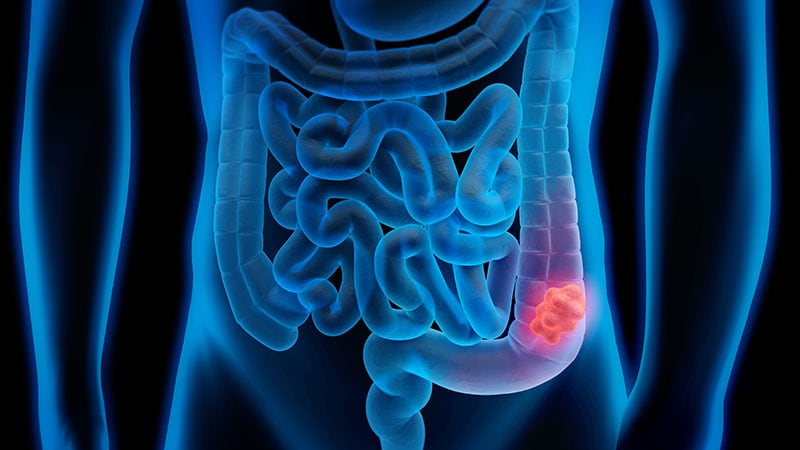It has been hypothesised that drugs that interfere with the renin-angiotensin-aldosterone system, including angiotensin-converting-enzyme inhibitors (ACEIs) and angiotensin-receptor blockers (ARBs), may increase susceptibility to coronaviruses.
The theory is based on the observation that coronaviruses use ACE2 for cell entry and that altered expression of ACE2 is influenced by the use of ACEIs and ARBs in animal models.
Influenza A also uses the ACE2 receptor. Hence, researchers at University College London and Barts Health NHS Trust theorised that understanding the shared mechanism between SARS and influenza may help to reveal how ACEIs and ARBs may modulate certain viral respiratory infections.
Using data from the UK Clinical Practice Research Datalink, they identified 700,994 people who had received an ACEI prescription and 230,028 who had received a prescription for an ARB from 1998 through 2016. Almost 4,750,000 persons in the database had not received a prescription for an ACEI, ARB, or the direct renin inhibitor aliskiren.
During a median 8.7 years of follow-up, those who had received an ACEI had a lower risk for influenza than those who had not (aHR, 0.66; 95% CI, 0.62-0.70).
Compared with no prescription days, the HR for incident influenza was 0.99 (95% CI, 0.91-1.07) for treatment duration <6 months; 0.74 (95% CI, 0.65-0.85) for 2.5 years to less than 3.5 years; and 0.52 (95% CI, 0.46-0.58) for 5.0 years to less than 7.5 years.
Analyses comparing the incidence of influenza and the use of ARBs showed results similar to the findings with ACEIs.
Thus, the authors concluded that the use of ACEIs and ARBs was associated with either no effect or a lowering effect on the incidence of influenza, depending on the duration of use. These associations regarding observed susceptibility to influenza may reflect mechanisms that are shared with coronaviruses, including SARS-CoV-2, they say.


